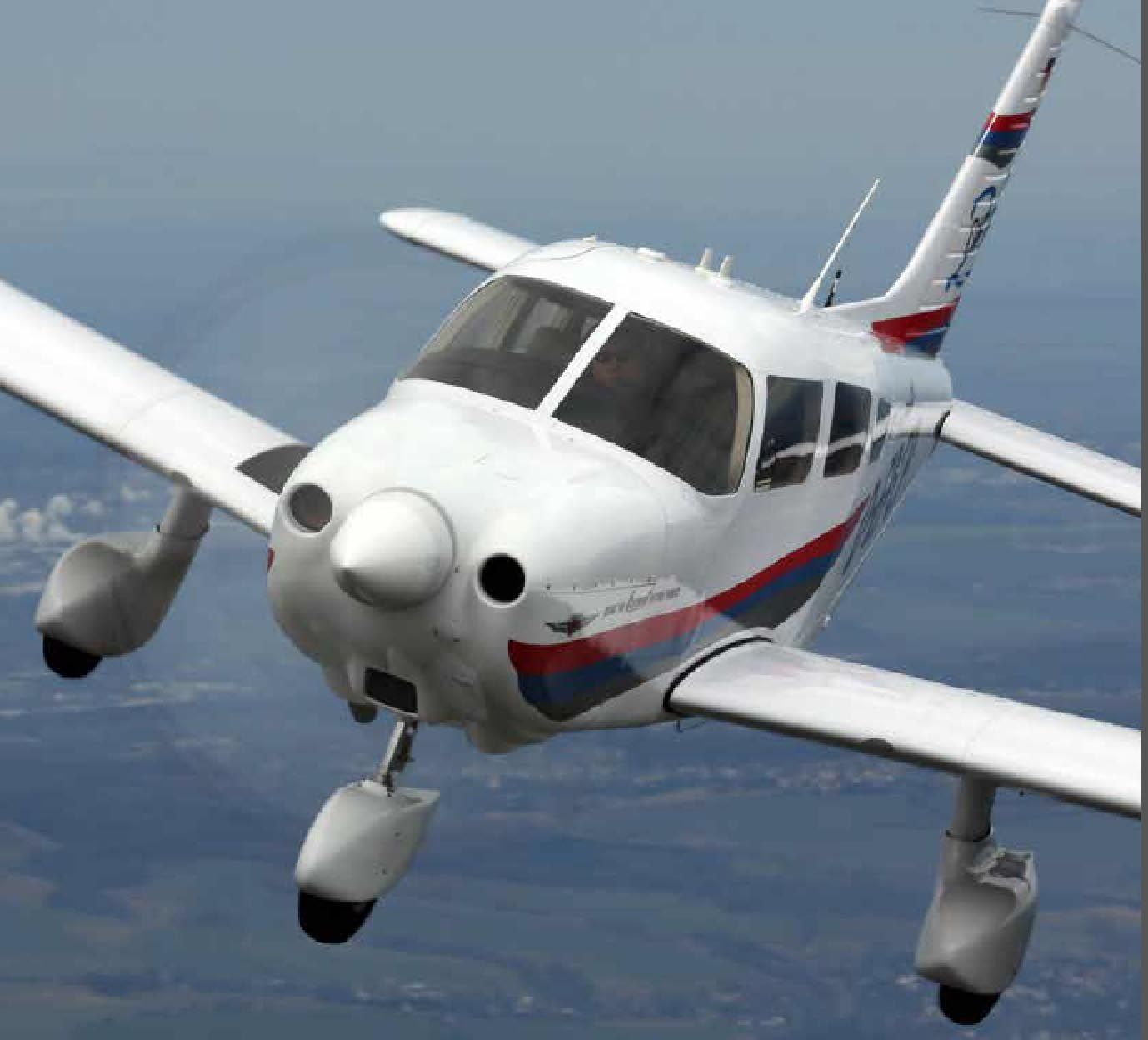
In what appears to be the major product introduction of the Aero show in Friedrichshafen, Piper Aircraft announced Wednesday that it began marketing a diesel-powered Archer, the Archer DX. The aircraft is certified under an STC developed by Piper and Continental Motors and it will have Continentals Centurion 2.0s, a 155-horsepower variant of the base engine developed by the former Thielert Aircraft Engines and acquired by Continental last year. The airplane is slated for delivery in the first quarter of 2015, according to Piper CEO Simon Caldecott, who expects it will create a new market for the company, rather than cannibalizing sales of Lycoming-powered Archers. Piper see the DX as a global aircraft, but expects some sales in North America.
On the show floor Tuesday, Piper had the new airplane wrapped in vast sheet of red satin, which was removed with a flourish on Wednesday afternoon. The newly STC’d aircraft will remain in Europe for demonstration flights until June, Piper told AVweb. According to Caldecott, the DX fulfills Pipers promise to offer customers a range of fuel choices in new aircraft, including avgas, diesel and Jet A. At a price near the $400,000 mark, the Archer DX is mainly aimed at the training market, where operating costs drive the economics. Piper claims the DXs Centurion engine burns 38 percent less fuel than the Lycoming O-360-A4M that recent Archer models have been equipped with. That yields an overall 31 percent lower operating cost over gas models, according to Pipers sales material.
Pipers performance claims for the DX include a 114-knot cruise speed with a typical payload of about 794 pounds. Because the diesel is heavier, the Archer DX has about 76 pounds less useful load than the gasoline Archer and a slower cruise speed, but Pipers sales pitch for the DX will be that its considerably lower long-term operating costs make it an attractive choice. Configured for training, the DX will be equipped with a Garmin G1000. The cert work was done by Technify Motors, the German operating unit of Continental Motors, which specializes in diesel aircraft technology. The work was done at a former East German military base called Altenburg, where the former Thielert Aircraft Engines did most of its flight research.
The Centurion 2.0s was developed as a follow-on to the original 1.7 Centurion first certified by Thielert around 2002. At 155 hp, its the highest output engine of the four-cylinder Centurion series, but because it hasnt been fielded in large numbers, its TBR-time between replacement-is 1200 hours, 300 hours less than the Centurion 2.0. It also requires replacement gearboxes at 600-hour intervals. Continental Motors says that raising the TBR of all of the Centurion engines is its top technical goal and it believes that the engineering test data supports higher replacement intervals. See AVweb’s video report on the Archer DX here.


































